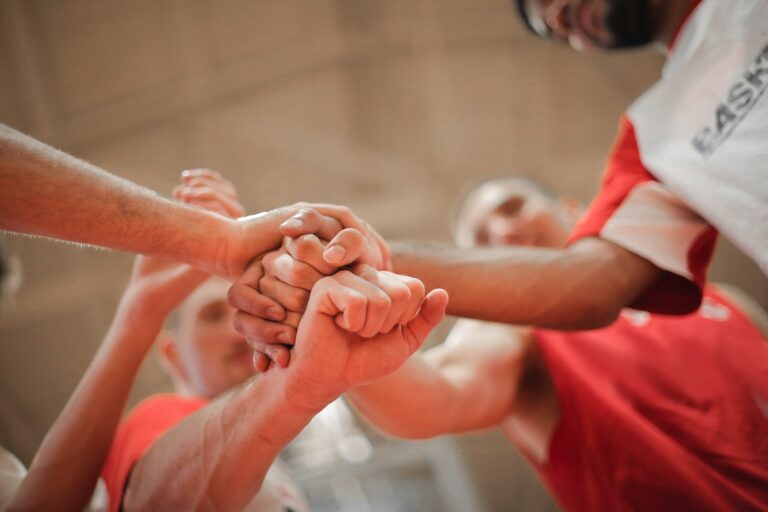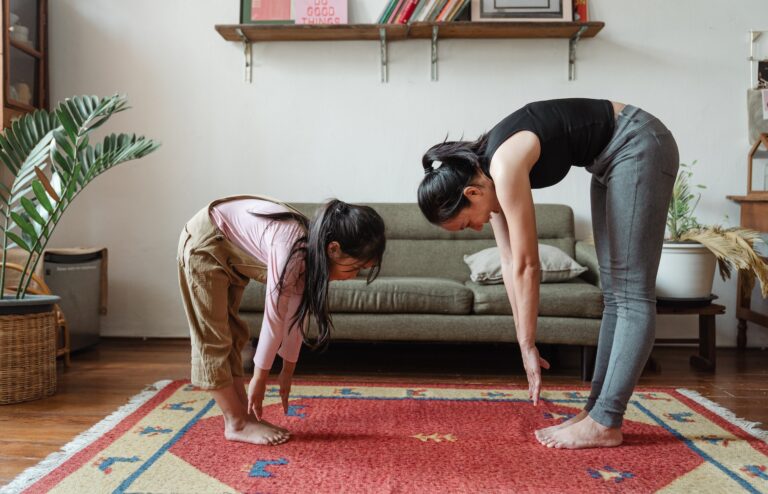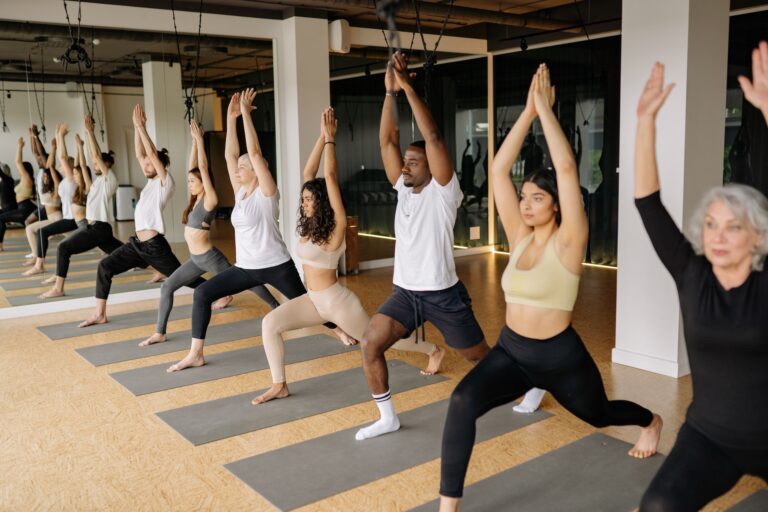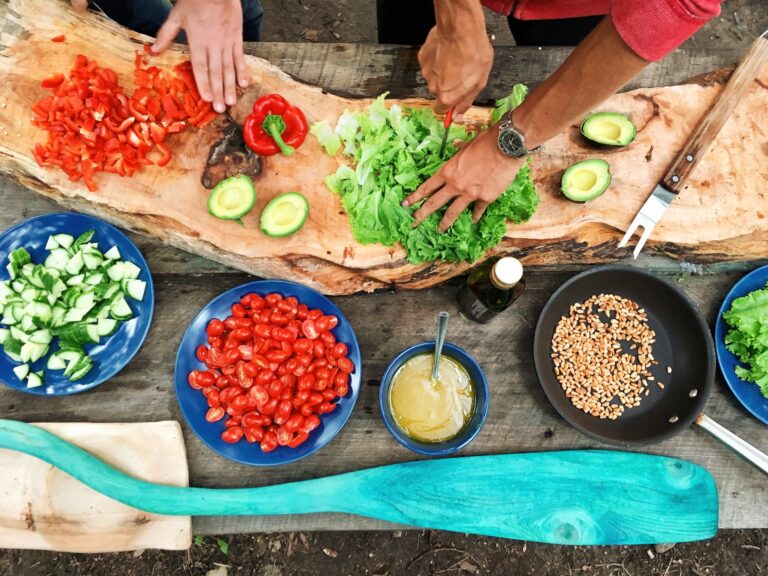The Importance of Mental Health for Men: Breaking Down Barriers and Stigmas
As we embrace Men’s Health Month this June, we at Sage Collective aim to draw attention to an often-ignored aspect of men’s wellbeing – mental health. The stigmas and misconceptions surrounding this topic can often sideline it, but we believe it’s essential for everyone to pay attention to mental health just as much as physical health.
Traditional societal norms might suggest men should suppress their emotions and maintain an exterior of strength, thereby inadvertently neglecting their mental health. However, mental health issues do not discriminate between genders and can affect anyone. Acknowledging and addressing these issues is crucial for overall health and wellbeing.
The concept that men should endure their mental health struggles silently continues to prevail. These outdated notions not only undermine the severity of mental health issues but also discourage men from seeking the help they need. This is a narrative we, as a society, must strive to change.
Promoting a culture where mental health is openly discussed, where men are encouraged to express their feelings and seek assistance when needed, is vital. The first step in doing this is to encourage dialogue. The act of sharing personal experiences and listening to others can go a long way in fostering understanding and empathy.
In addition to fostering open dialogue, we also need to focus on educating ourselves and others about mental health. Knowledge about the various mental health issues, their symptoms, and how to seek help is an essential tool for early intervention and recovery.
It’s also important to dismantle the misconception that mental health care is a sign of weakness. On the contrary, it’s a demonstration of strength and self-awareness. It takes courage to acknowledge personal struggles and seek help.
Recognizing the importance of men’s mental health should not be confined to Men’s Health Month alone, but it’s a good place to start. It’s an opportunity to bring men’s mental health into focus, challenge the existing stigmas, and advocate for mental health as an integral part of overall health.
At Sage Collective, we’re dedicated to this mission. Join us this Men’s Health Month as we strive to spread awareness and create a society where mental health, for both men and women, is prioritized and discussed openly without prejudice.










